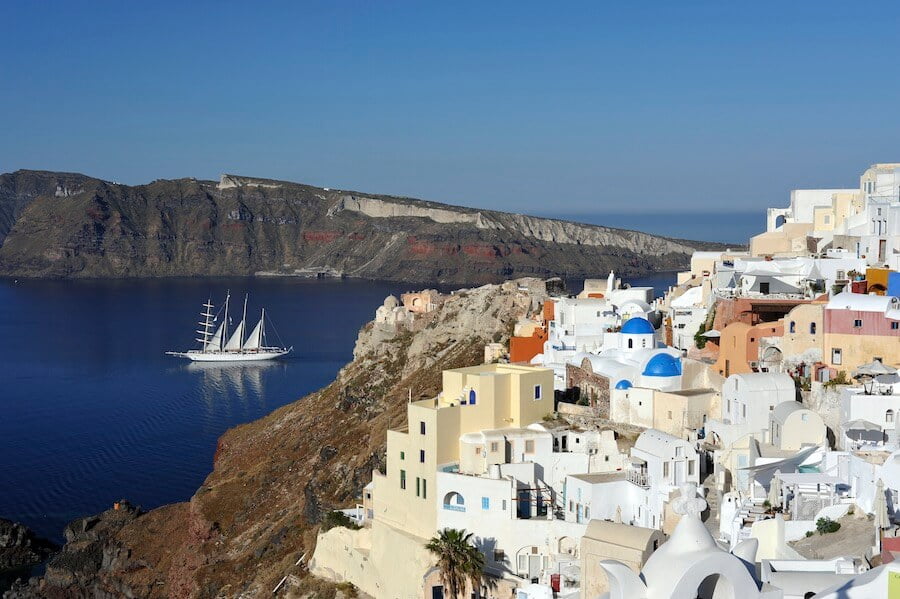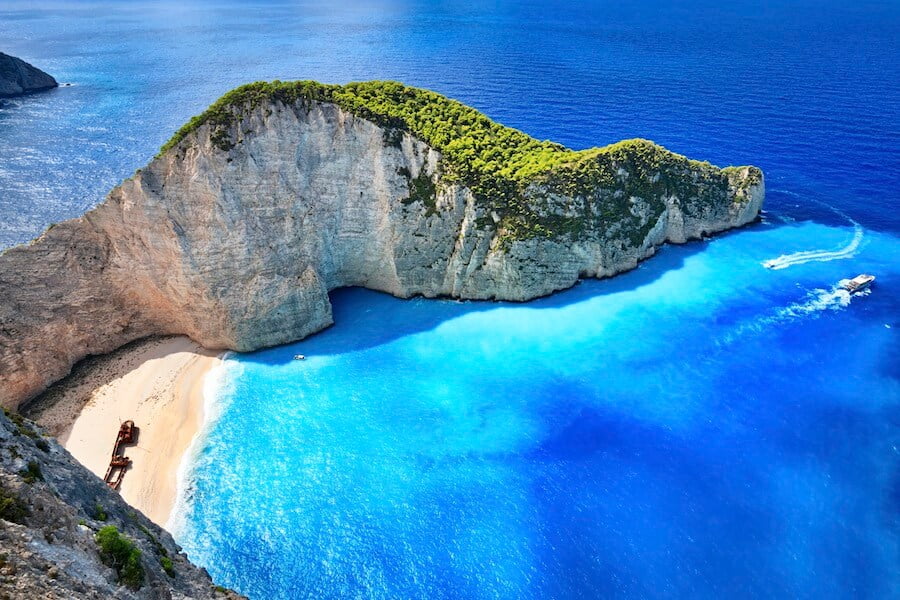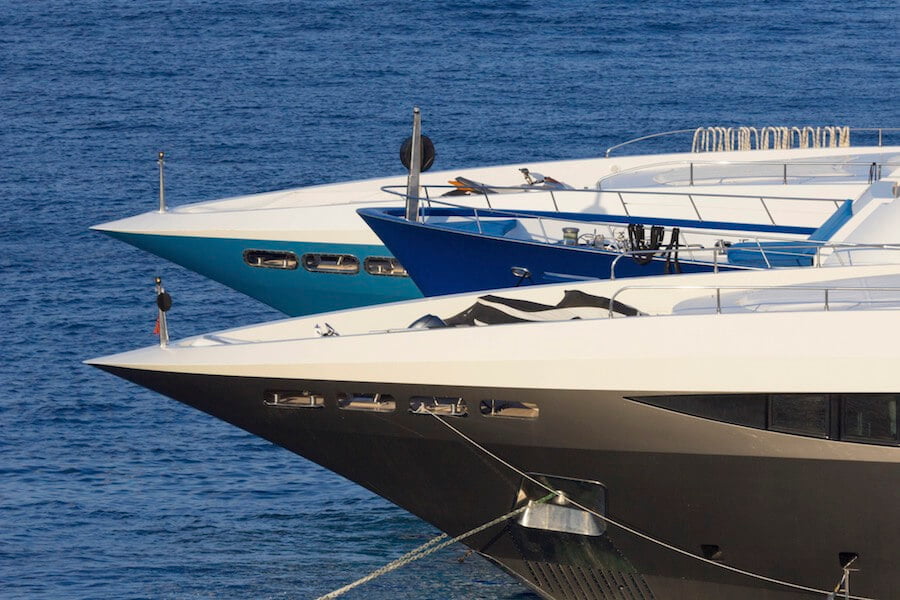Rhodes Kos Dodecanese
Rhodes Kos Dodecanese
Wind and Weather Conditions – Intermediate to Advanced
History
More Greek Islands

Mykonos Santorini & Cyclades
The Cyclades (from the Greek word for ‘rings’ or ‘circles’) is the central group of islands in the Aegean, so named because of the way they seem to surround Delos, the ancient centre of trade and worship.

Athens & the Peloponnese
On the south eastern side of Peloponnese this route combines beautiful islands and the magnificent eastern coast of the Peloponnese. Along this route you will explore many cosmopolitan towns, ancient temples, small peaceful fishing villages…

Rhodes Kos Dodecanese
The Dodecanese, which means ‘ the Twelve Islands’ in Greek, lie in a crescent chain down the Asiatic Turkish coast curving west towards Crete. The name “Dodecanese” is of comparatively recent origin.

Corfu & Ionian Islands
To those of you who visualize a country of sun-baked rock dotted with dazzling whitewashed houses, the Ionian comes as a gentle surprise. This is not the Greece of the popular travel brochure but a shaded green country, sheltering…

Sporades Skiathos
The Sporades islands lie in the Northwest Aegean Sea, off the East coast, near the peninsula of the south Pelion mountains. The three main islands in the Group are Skiathos, with its own international airport, Skopelos…

Crete Island
The Crete island located in the south of Greece is one of the most famous islands. The island has everything to offer: mountainous landscapes, a coast with many beautiful beaches and rocky coves, beautiful towns and charming …
